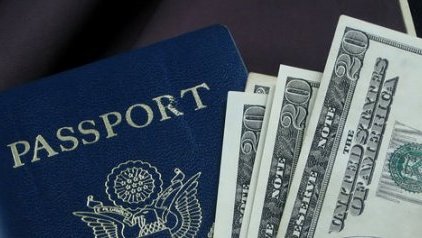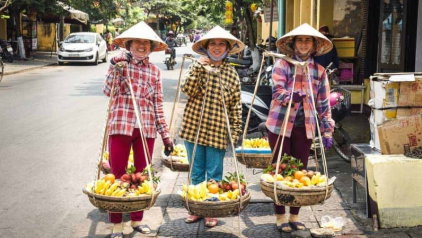All You Need to Know about Vietnam Currency
Like the history of Vietnam, the country’s currency has undergone significant changes through the centuries. Today, Vietnamese money is issued by the State Bank of Vietnam and the dong is the Vietnamese official currency.
Vietnamese currency through history
The first paper money of Vietnam was issued by Ho Dynasty in 1396; however, at that time, the policy of issuing paper money was not highly appreciated. Because the historical condition is not suitable, Ho Quy Ly’s paper money policy was failed.
During the French occupation, the region’s currency is Piastre, which is often called “bac”. Indochina Bank also issued banknotes with three young women printed on. These three women were in traditional costumes of Laos, Cambodia, and Vietnam.
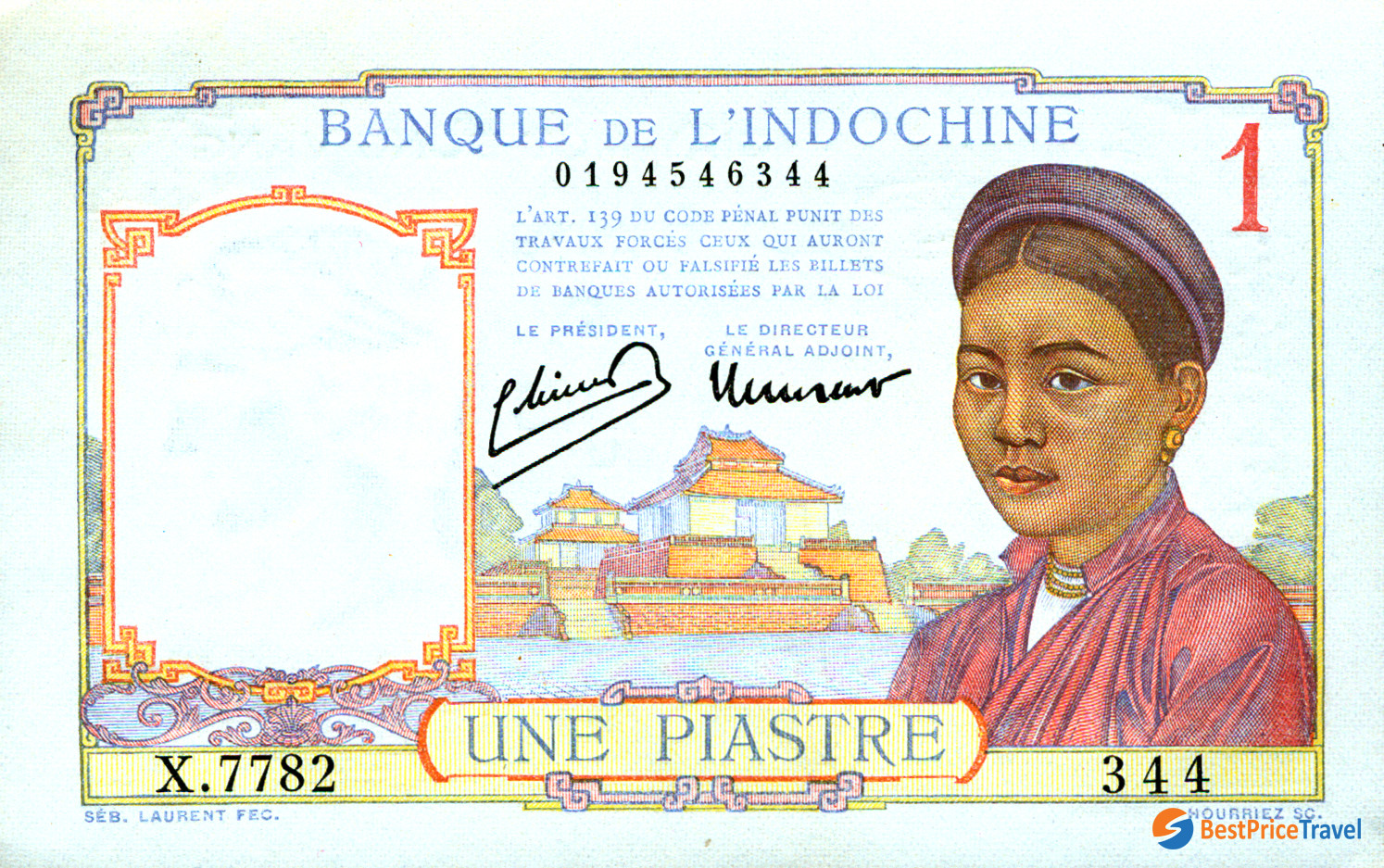
Indochina Bank issued banknote
After the August 1945 Revolution, the Democratic Republic of Vietnam was born. At that time, the dong was officially printed and circulated to affirm the country’s sovereignty. Before the State Bank of Vietnam established, the first paper money was printed with the words “Viet Nam Dan Chu Cong Hoa” in the national language and the image of President Ho Chi Minh. From that time until now, the Vietnamese currency has been changed in terms of form, material, and face value up to 7 times.
In 1990, cotton banknotes with the value of VND 10,000 and VND 20,000 were printed. VND 50,000 banknote was issued on October 15, 1994, and VND 100,000 banknote was printed on September 1, 2000. In 2003, polymer money was first issued by the State Bank of Vietnam. This material has many advantages like it is durable, waterproof, and suitable for use in modern devices such as ATM or money counter.
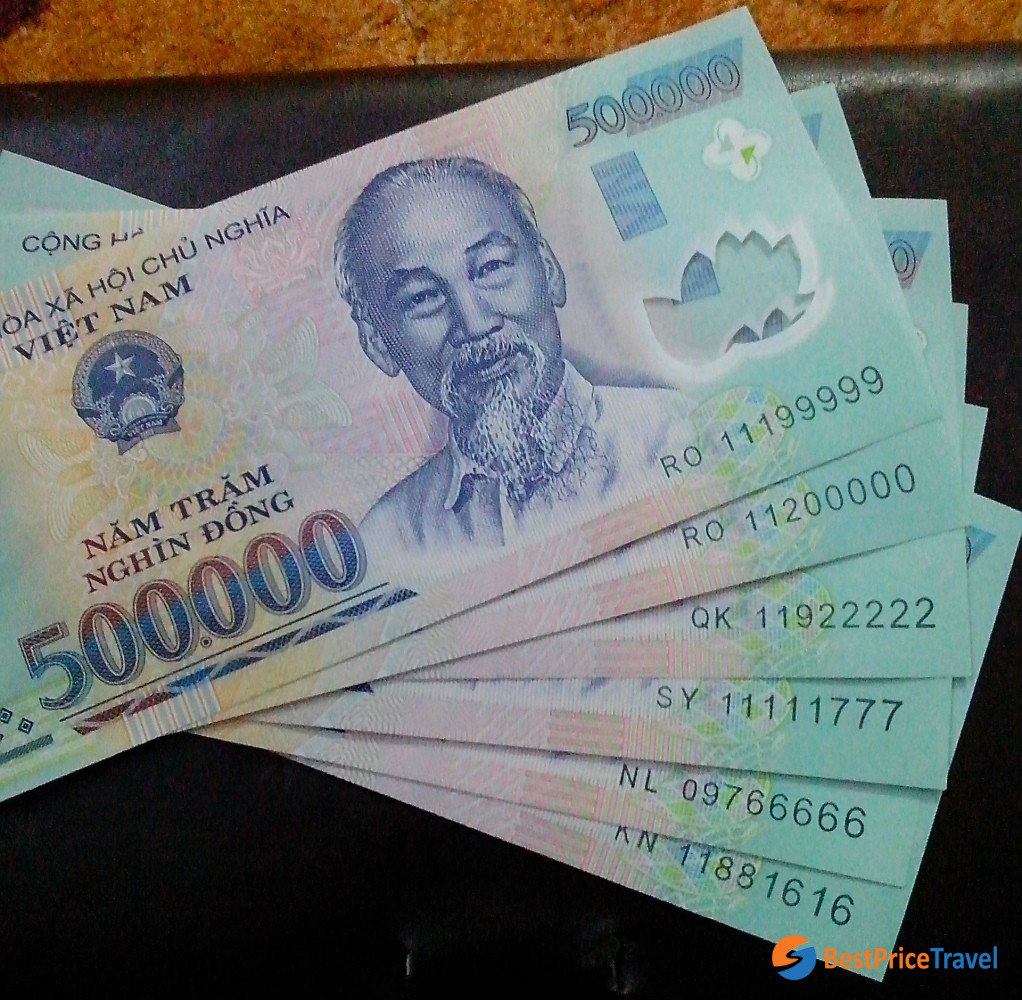
Polymer banknote is convenient for using and suitable for use in modern devices
Since the polymer money was put into use, the old paper money of VND 50,000 and VND 100,000 were stopped being issued and circulated. Since January 1, 2013, the cotton currencies with the value of VND 10,000 and VND 20,000 have also stopped circulating in Vietnam. At the present, only paper notes with the value of VND 5,000, VND 1,000, and VND 2,000 are still valid in Vietnam.
Exchange rate
Today, many Vietnamese people have the demand to use international transactions or go abroad to work, studying. So, they concern more about the exchange rate. If you would like to know the exchange rate and other related figures, visit the official website of The State Bank of Vietnam. For example, at the time of writing this article, one US dollar equals to VND 23,116. In general, the exchange rate of Vietnam Dong to US Dollar is from VND 22,500 to 23,500 throughout recent years.
Today, there are a lot of currency converter tools on the Internet, but most of these tools do not update the exchange rates at banks. So, those who need to change money should use the official currency converter tools of banks such as TP Bank, AB Bank, Sacombank, and so on.
How to differentiate Vietnamese real and fake money
To avoid unexpected risks of receiving fake money, it is necessary to have a habit of checking the currency when trading.
Check the polymer material
Real money is printed on polymer material that has high elasticity and durability. So, you can check the elasticity by grasping the banknote in the palm of your hand. When it opens, the money will be elastic to its original state. In addition, you can check the durability by pulling or lightly tearing the money’s edge.
On the other hand, fake money is often made from nylon, so there is no elasticity and durability like the real one. When you pull or tear the money’s edge, it will be easy to be torn and stretched.
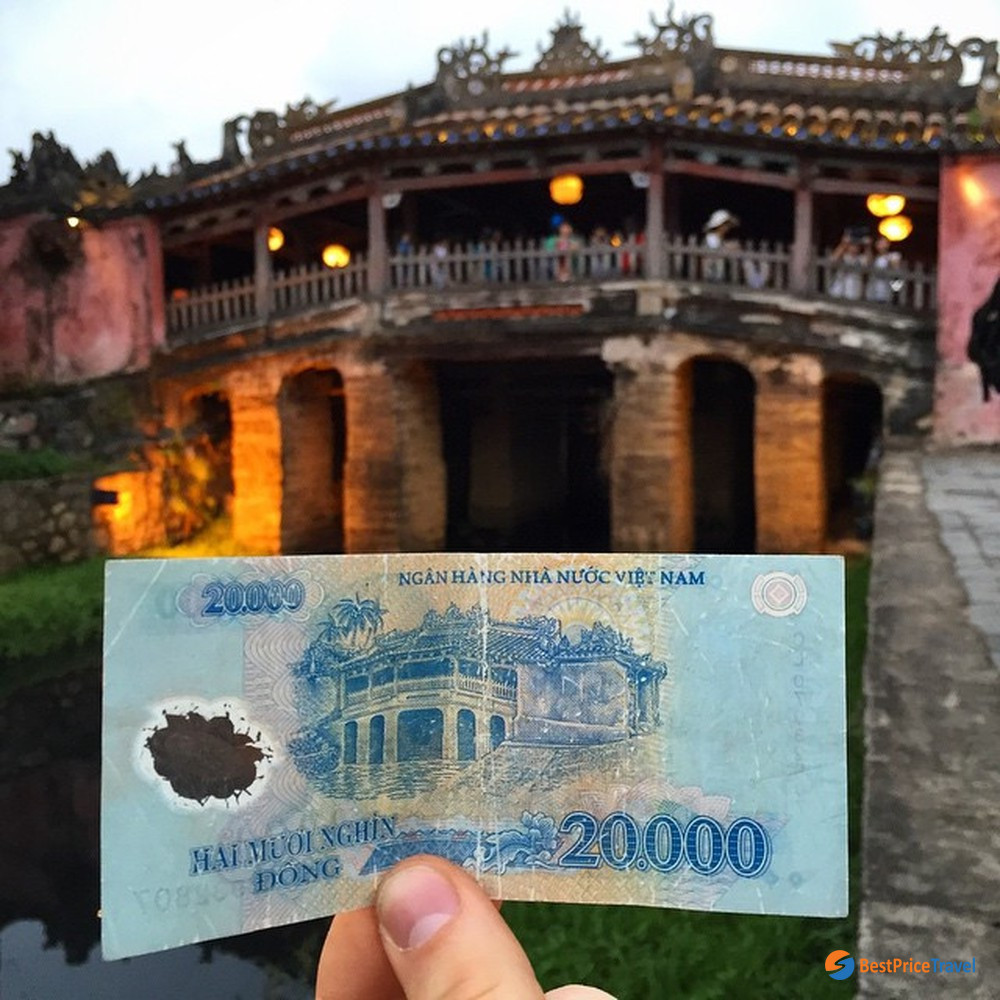
The most popular way of checking real money is to check the polymer material
Check hidden image element in the small window
You can also differentiate the real and fake money by checking the hidden image element (DOE) in the small window. Smalls window are only available in 4 values VND 500,000; VND 200,000; VND 100,000 and VND 50,000. This is a transparent plastic background and placed at the top left of the front or top right of the back of the banknote.
When you look through the window under an appropriate light source (flame, incandescent light, street light, or flash phone), you will see the image that appeared under the light source. However, small windows in old money often have many scratches, which will affect the image quality.
To fake money, there is no hidden picture in the small window.
Check the embossed elements
Checking the embossed element is also a good way to differentiate real money and fake money. You can check the roughness of the money on the portrait of President Ho Chi Minh, the national emblem, par value in numbers and words, the words “Cong Hoa Xa hoi Chu Nghia Viet Nam”, “Ngan Hang Nha Nuoc Viet Nam”. Actually, we will not feel the roughness of the fake money.
In conclusion, currency is one of the most important and familiar things during your trip. Knowing the necessary information about Vietnamese currency will help tourists better understand and use that tool in the right way and avoid unexpected risks while traveling to Vietnam.
BestPrice Travel
Image source: Internet
Questions & Answers (1)
Can you get currency in England to take
Hi! At present, GBP 1 = VND 30,000 (the exchange rate may change). GBP is rarely accepted in most services in Vietnam. Therefore, you should change the money before your trip or at any international airport in Vietnam right after you arrive.






